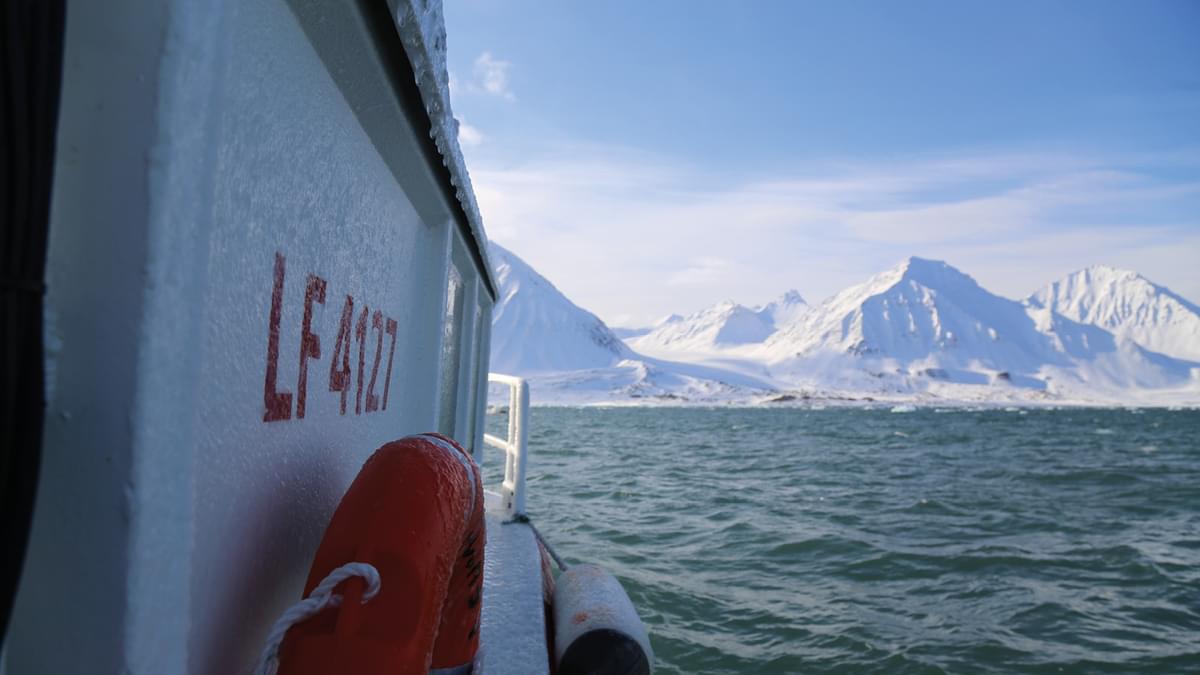
Human activity in the Arctic
This live lesson focuses on human activity in the Arctic and is suited for students studying Geography GCSE. Henry Burgess, head of the UK’s Arctic Office, will give students an introduction to the region, and its physical and human geography. The lesson will then cover trends in human activity in the Arctic and how governments and other stakeholders are facing the challenges of sustainable management.
Due to the COVID-19 pandemic, AXA Arctic Live 2021 live lessons will be delivered as a virtual event, with speakers joining from where they are, rather than from the UK's Arctic Research Station.
Curriculum links
Human activity and sustainable management in polar regions
- The characteristics of the Arctic (physical geography, geopolitics, and resources)
- Human activity in the Arctic and future trends
- How governments and other stakeholders are facing the challenges of sustainable management
Preparation
If you have never joined a live lesson before, see the guidance hub, where you will find technical and educational support.
This live lesson is suited to all students studying sustainable management in the polar regions, and will be of particular relevance to those studying geography at GCSE.
The lesson assumes no prior knowledge of the Arctic or the sustainable management, but students may find it useful to have researched some of the background to the issue using the Subject Updates on polar regions.
Questions generated by your class can be submitted via the Encounter Live tab in your Encounter Edu profile.
Session outline
1. Introduction (5 mins)
The live lesson will open with a welcome to Henry Burgess and an overview of his role as head of the Arctic Office, as well as an introduction to the work that the Arctic Office performs. The host will give any shout outs to participating students and schools.
2. Introduction to the Arctic region (10 mins)
Henry will give an overview of the Arctic, its physical and human characteristics, with a focus on natural resources and the political shape of the region.
3. What human activity takes place in the Arctic? (10 mins)
This section of the live lesson focuses on the range of human activities that take place in the Arctic, and some of the anticipated changes that could happen in the future.
4. Sustainable management in the Arctic (10 mins)
The final section of the live lesson will look at the different stakeholders and their potential role in sustainable management of the Arctic.
5. Q&A and conclusion (10 mins)
The last section allows for classes and students to ask further questions to clarify any of the points covered or to deepen knowledge of other areas of the polar regions and sustainable management.
Notes
This lesson will feature maps from Durham University's Centre for Borders Research. Click here for more information and to read the briefing notes.
Speakers
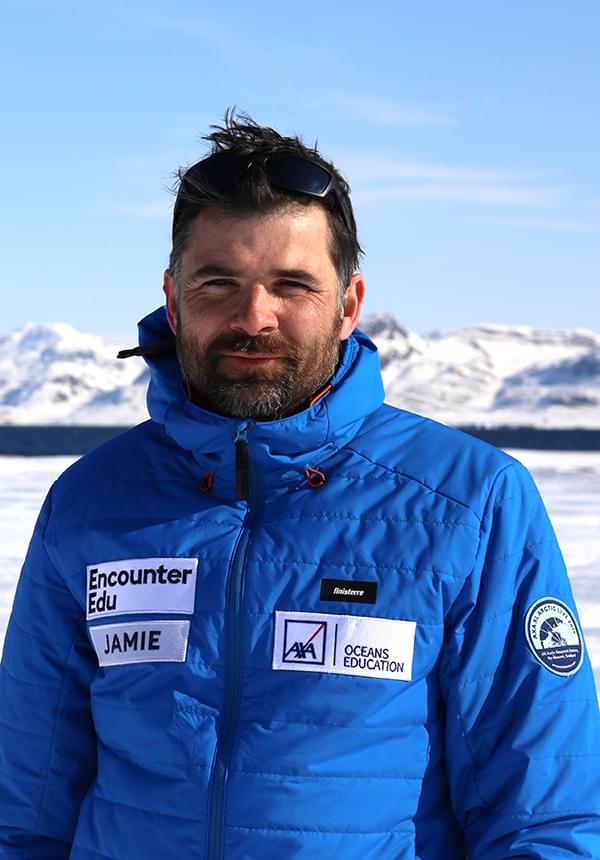
Jamie Buchanan-Dunlop
Executive Director, Encounter Edu
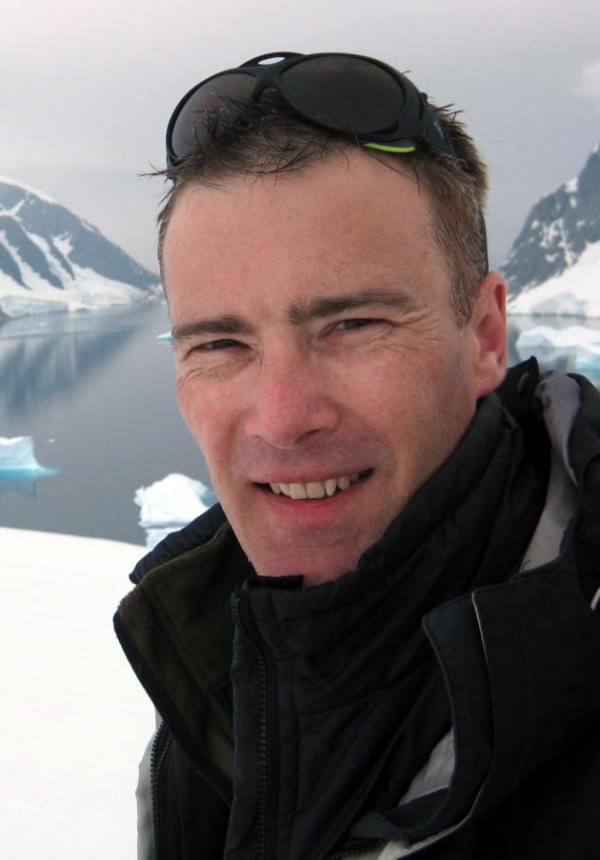
Henry Burgess
Head of the NERC Arctic Office
Brought to you by

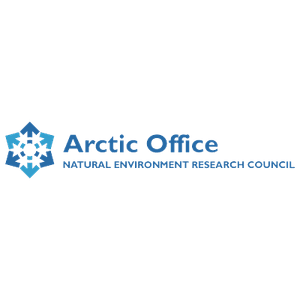
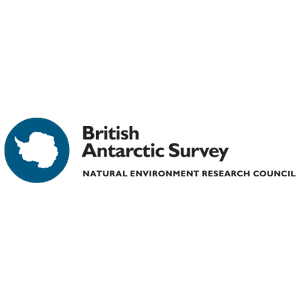
Human activity in the Arctic
This live lesson focuses on human activity in the Arctic and is suited for students studying Geography GCSE. Henry Burgess, head of the UK’s Arctic Office, will give students an introduction to the region, and its physical and human geography. The lesson will then cover trends in human activity in the Arctic and how governments and other stakeholders are facing the challenges of sustainable management.
Due to the COVID-19 pandemic, AXA Arctic Live 2021 live lessons will be delivered as a virtual event, with speakers joining from where they are, rather than from the UK's Arctic Research Station.
Curriculum links
Human activity and sustainable management in polar regions
- The characteristics of the Arctic (physical geography, geopolitics, and resources)
- Human activity in the Arctic and future trends
- How governments and other stakeholders are facing the challenges of sustainable management
Preparation
If you have never joined a live lesson before, see the guidance hub, where you will find technical and educational support.
This live lesson is suited to all students studying sustainable management in the polar regions, and will be of particular relevance to those studying geography at GCSE.
The lesson assumes no prior knowledge of the Arctic or the sustainable management, but students may find it useful to have researched some of the background to the issue using the Subject Updates on polar regions.
Questions generated by your class can be submitted via the Encounter Live tab in your Encounter Edu profile.
Session outline
1. Introduction (5 mins)
The live lesson will open with a welcome to Henry Burgess and an overview of his role as head of the Arctic Office, as well as an introduction to the work that the Arctic Office performs. The host will give any shout outs to participating students and schools.
2. Introduction to the Arctic region (10 mins)
Henry will give an overview of the Arctic, its physical and human characteristics, with a focus on natural resources and the political shape of the region.
3. What human activity takes place in the Arctic? (10 mins)
This section of the live lesson focuses on the range of human activities that take place in the Arctic, and some of the anticipated changes that could happen in the future.
4. Sustainable management in the Arctic (10 mins)
The final section of the live lesson will look at the different stakeholders and their potential role in sustainable management of the Arctic.
5. Q&A and conclusion (10 mins)
The last section allows for classes and students to ask further questions to clarify any of the points covered or to deepen knowledge of other areas of the polar regions and sustainable management.
Notes
This lesson will feature maps from Durham University's Centre for Borders Research. Click here for more information and to read the briefing notes.
Speakers

Jamie Buchanan-Dunlop
Executive Director, Encounter Edu

Henry Burgess
Head of the NERC Arctic Office
Brought to you by




